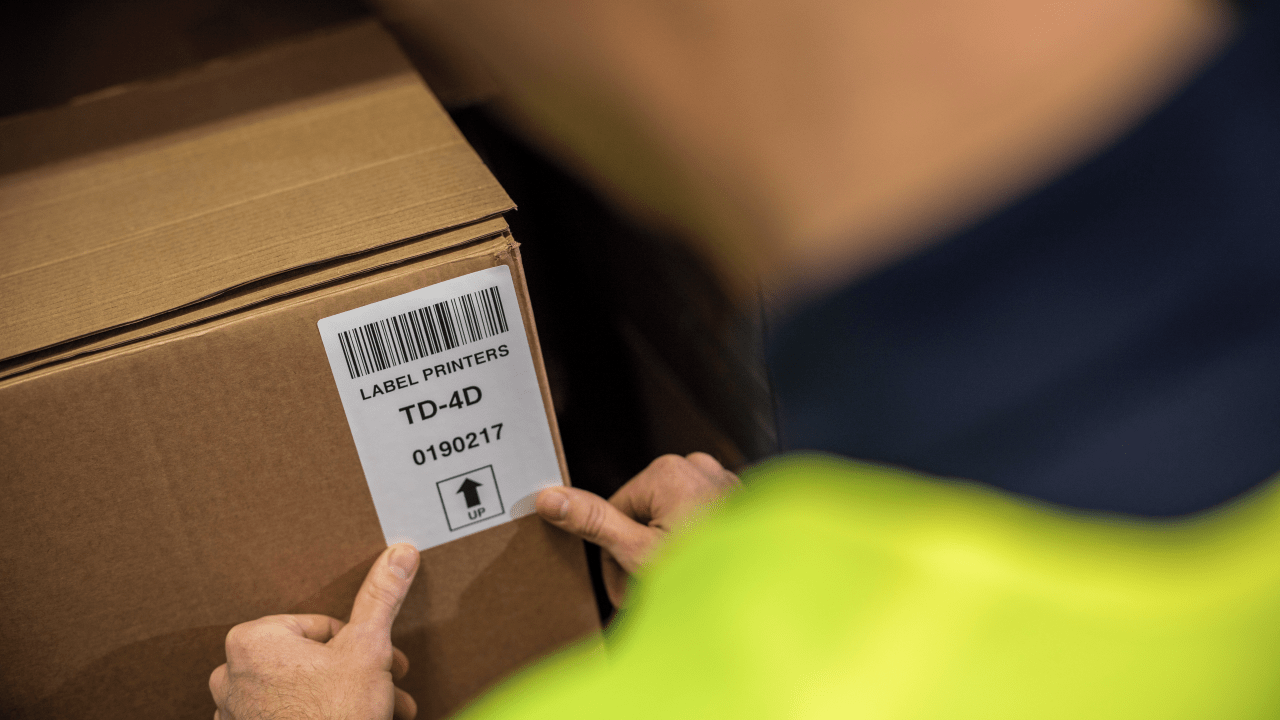
Patient privacy confidentiality is a fundamental part of the Australian healthcare system. Protecting critical and sensitive information entrusted to medical professionals is part and parcel of the job.
But in a world that is becoming ever more digital, how can patient-facing organisations be sure that they are keeping information protected at all times? This is a growing issue as we increasingly see the amount of patient data growing. In the digital age we also have more need than ever to connect different parts of the healthcare system to create a seamless experience for both doctors and patients.
Let's have a look at some of the implications of patient confidentiality and disclosure in Australia, and some practical ways to keep information safe in the modern medical environment.
What is patient confidentiality in Australia?
In the context of healthcare, confidentiality is referred to as the non-disclosure of information received by medical practitioners in the course of their relationship with patients. This includes health professionals such as doctors, but also administration staff who will be handling sensitive forms and other intelligence. Essentially, any information given by a patient must not be passed to a third party either intentionally or non intentionally.

Respect for patient confidentiality is an essential part of medical ethics
5 ways to maintain patient confidentiality
The digital world has revolutionised patient confidentiality. So, how can you hope to protect information with the growing dependence on online portals and device connectivity?
1. Create thorough policies and confidentiality agreements
Drawing up all encompassing and wide-ranging confidentiality agreements or policies means that everybody on your medical team knows exactly what is expected of them in every eventuality.
A confidentiality agreement is, in its essence, a legal document which specifies exactly what information cannot be shared outside of the working premises. This policy must be read from cover to cover by every staff member and signed. It can also be regularly shared with patients to demonstrate that your organisation upholds strict confidentiality procedures.
2. Provide regular training
People adhere best to policies and practices when they fully understand why they are in place. Holding regular training sessions for all your staff members, from administrators to doctors and nurses, helps to reinforce how essential confidentiality requirements are, and provides a refresh of staff duties and expectations.
For best results, make these training times fun and a good opportunity to learn while getting to know colleagues. Taking a creative approach to the topic and introducing games can also help the information be more engaging whilst also being a positive experience for your staff.
3. Make sure all information is stored on secure systems
As the standard of healthcare improves and populations expand the amount of patient data being stored has increased astronomically. As a result, many practices and clinics may face challenges in correctly storing this information, both in terms of where huge data quantities can be saved, and making the information easily accessible. Alongside these systematic difficulties it is essential that the highest level of security and digital protection is used when storing patient data. Purchasing platforms or using cloud providers that ensure your data is safe is the best way to look after this.
Furthermore it is important that only strictly necessary personnel have access to this data. Levels of password protection that controls access is also worth considering and investing in.
4. No mobile phones
An easy way to eliminate possible threats to patient confidentiality is to strictly limit or remove mobile phones from patient areas. This ensures that no one could either maliciously or accidentally record or photograph private records or information. According to research by Imperial College in London, 65% of doctors used SMS to communicate with colleagues about a patient, opening up privacy concerns.
This can sometimes be a difficult rule to enforce given the proliferation of digital devices. However, regularly reminding staff and patients why it is their best interests can help to reduce any resistance.
5. Think about printing
Once all your technical solutions and security is in place it can be tempting to think you have everything sorted. However, printed materials that contain key patient information are often overlooked. Labels, forms and printed notes can easily be misplaced, or even stolen, if they are in a busy area. Having streamlined, easy-to-use and secure printing systems is well worth investing in.
Brother’s print solutions for healthcare provide Cerner-certified printing tools and software. They can link seamlessly with secure cloud storage and can provide password-protected printing.

Why is patient confidentiality so important?
Patient confidentiality is often seen as an ethical obligation for medical staff, but in Australia a breach of confidence is also recognised as a crime in common law. It’s also an essential part of maintaining the integrity of the medical sector and should be followed for the below reasons:
- Trust: Medicine is all about trust. Patients disclose very personal information to those in the healthcare industry in the faith that it will only be used to help them. Without trust, people will be less likely to seek help when they need it, resulting in an increased level of illness in the community
- Digital hacking: Most patient information is now kept digitally which, while convenient, increases the risk of hacks (the number of reported attacks on health care information has increased by 125% since 2010, according to the Ponemon Institute’s Fifth Annual Study). Losing this information can lead to events of identity theft and fraud which have the potential to damage patients’ lives and livelihoods
- Legal disciplinary action: Data breaches and failure to uphold patient confidentiality can result in everything from fines to prison sentences for those responsible. It is best for the profession and those working in it to uphold this ethical responsibility
Related reading: What is the Australian equivalent of HIPAA?
Are there any situations where confidentiality can be breached?
The straightforward answer is yes. In some special circumstances it is legally acceptable and necessary to breach patient confidentiality. There are many complex situations that could result in the need for private patient information to be shared, but the most common are:
- Legal requirements: Certain instances must be reported to authorities regardless of whether they reveal personal information. For example, suspected child abuse, reporting cause of death and informing authorities of the spread of certain infectious diseases
- Implied or express consent: In specific circumstances, individuals’ medical records can be shared with appropriate guardians. This is often the case for dependant children and also adults who require extensive care. Carers can request this information
- On the grounds of public interest: This is a tricky one as there are no clear definitions around when this would apply. In general, it refers to a situation where withholding certain information presents the real risk of danger to an individual or the public at large. This could be a threat to national security or where a medical practitioner has reasonable grounds to think that a patient means to seriously harm another
You may be interested in:
- How today's print and scan technology improves EHR efficiency
- Enabling digital transformation in the healthcare industry
How can Brother help?
Brother offers specialised healthcare printing solutions, designed with patient confidentiality at front of mind. Our products improve efficiency across the board to help both staff and patients to reduce stress and maximise resources.
- Improved point of care efficiency: Efficient, connected printing saves time and resources so more can be put into helping fight illness. Our applied print and imaging solutions are tailored to each clinics’ individual needs to reduce errors and improve patient outcomes
- Stronger compliance and security measures: As we know, patient confidentiality is critical at all times. Controlled printing solutions allow you to maintain strict security oversight and comfortably conform to privacy policies, without wasting time
- Secure Devices: In the age of network connectivity, you have to ensure that your networked devices are configured to limit to potential external threats. This includes printers and multifunction devices as they could become a point of entry. Brother devices have never had a security breach and provides the important security features that allows your IT technicians to protect it from hackers
To learn more about printing solutions to ensure your organisation can protect your patient’s confidential information, get in touch with the experts at Brother for a free consultation.





